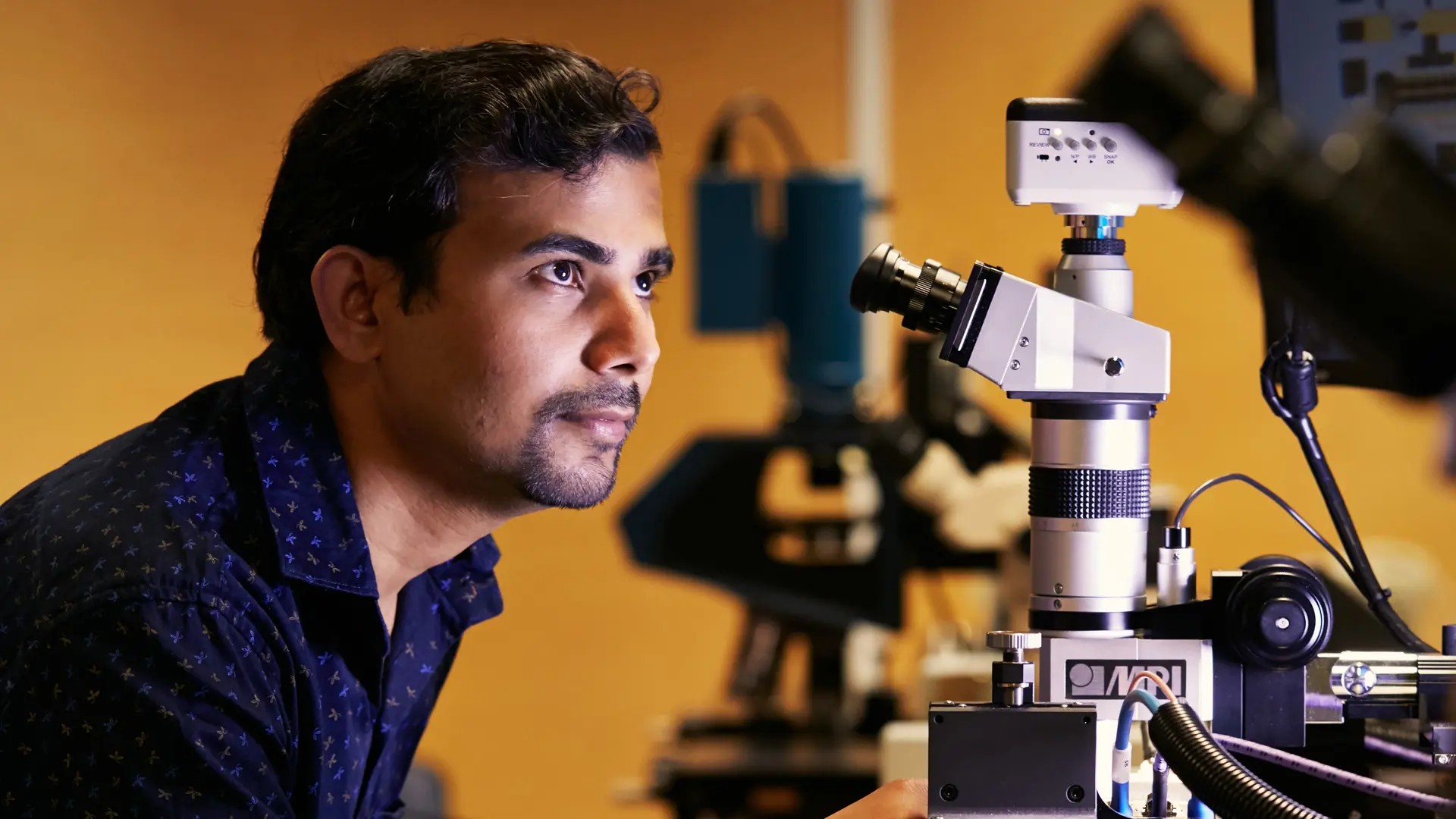
Wireless communication and remote sensing play an important role in the modern society and almost everyone is using such systems every day. Typical examples are mobile phones, wireless internet connectivity, radio and TV broadcasting, and wireless networks at home or public areas.
Thanks to the rapid development in the semiconductor technology, driven by the computer industry, such microwave systems can be produced in large quantity at a low cost per unit, making it affordable for most people all over the world.
At the Microwave Electronics Laboratory, we focus on application driven research on high-speed electronic components, circuits and systems for future communication and remote sensing applications. The research spans frequencies from below 1 GHz to 500 GHz. Our main research areas are within wireless high speed digital communication, sensors such as radar systems and radiometers, and microwave heating. We demonstrate innovative microwave components and circuits in our own fabrication lab, the Nanofabrication Laboratory at MC2, or at external cooperation partners/foundries. We characterize our components and circuits in our measurement laboratory.
Most of our work is project oriented together with other universities, companies and institutes, where the Microwave Electronic Laboratory is responsible for hardware research and development. In addition, we contribute to an extensive educational programme including Master of Science and PhD level.
Research Groups at Microwave Electronics
Millimeterwave/THz integrated circuits
Due to the increasing data traffic in the mobile communication infrastructure, driven by consumer applications such as smartphones and wireless connectivity, new innovative solutions for the backhaul communication are needed.
We design integrated circuits based on silicon, and III-V technologies, for future system applications aiming at high data rate wireless and fiber communication, and remote sensing. Our main projects are circuit design and fabrication for high data rate communication aiming at bitrates well above 10 Gbps utilizing unused spectrum at 70-86, 120, 145 and 220 GHz, and THz imaging systems utilizing highly integrated multipixel sensors. By using the most advanced semiconductor technologies available today we can practically demonstrate circuits with unique functionality aiming at new system applications.
High efficiency microwave power amplifiers
Microwave power amplifiers dominate the mobile network overall energy consumption. Our research is therefore focused on different techniques for improving the electrical efficiency of microwave high power amplifiers and transmitters for wireless infrastructure applications. A cross-disciplinary approach is used where fundamental research on high efficiency switched mode power amplifier circuit design is combined with research on novel transmitter architectures incorporating advanced digital signal processing methods and using unique widebandgap components developed at MC2.
This research is performed in close collaboration with researchers at the Department of Electrical Engineering.
VLSI Systems
Electronics based on integrated circuits (ICs), also known in popular science as microchips or semiconductors, is an indispensable technology which pervades our society. ICs of today can contain several hundred billion transistors and while this level of integration offers unprecedented levels of (highly desired) system functionality, the integration of that many devices makes the implementation work of the VLSI designers very challenging. Stringent performance targets and strict budgets on power dissipation and development time are examples of different conflicting design goals that VLSI designers often struggle to reconcile.
The VLSI Systems group performs research on circuits, architectures and design approaches of IC-based electronic systems with the goal of enabling efficient implementation of communication and computing systems. Our activities mainly target power-efficient digital and mixed-signal CMOS circuits and we use CMOS integrated circuits and advanced FPGA systems to demonstrate our research.
Head of laboratory and senior researchers
Head of laboratory
Senior researchers
Publications in Chalmers Research
We continually document our research in various types of publications, which are registered in Chalmers Research. Follow this link to see recent publication lists


